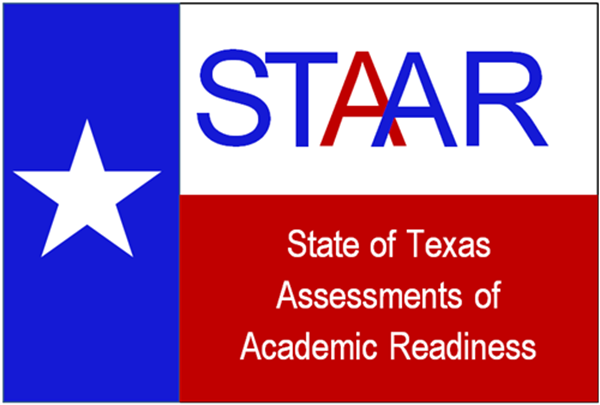Other forces are working against K-12 leaders who are scrambling to hire – By Matt Zalaznick, District Administration
Layoffs, permanent school closures and steep enrollment declines are not problems in western Montana. A population surge in Bozeman and the surrounding Gallatin County has led to a school enrollment boom that’s bringing more funding to the area’s school districts, according to the Montana Free Press.
There, and in other small but growing Western communities, school administrators are grappling with their educators being priced out of the market by rising real estate costs, the Free Press reports. But these school systems are unquestionably the outliers. Even as districts are giving teachers raises to combat staff shortages, more administrators are now having to make difficult decisions, including laying off teachers and shutting down buildings, as falling enrollment and other pressures swallow up the recent influx of COVID relief funding, reports from across the country indicate.
In Washington, the Marysville School District just laid off 35 teachers and has imposed a hiring freeze after a pair of proposed tax levies failed, preventing the district from covering state funding shortfalls. Administrators will be forced to make up to $15 million in cuts that will postpone a major curriculum adoption, and eliminate some athletic and afterschool programs, among other reductions. San Marcos USD near San Diego is cutting 40 teachers and 80 school social workers, teaching aides, nurses and other staff at the end of the school year, The Coast News reported. District leaders are cutting $15.5 million from next year’s budget to keep future deficits from worsening, the website reported.
Montclair Public Schools in New Jersey this week issued nonrenewal letters to 35 teachers and 48 paraprofessionals to cover a $3 million budget deficit, Montclair Local News reported. A decline in kindergarten enrollment caused by the pandemic is now filtering up through the elementary grades, according to the website. Malden Public Schools in Massachusetts has cut about 20 staff members due to enrollment declines and the expiration of ESSER funds that were supporting certain positions.
Cuts are also impacting administrators. Denver Public Schools has cut about 130 central office positions due to a decline in state funding. caused by falling enrollment, CBS Denver reported. In a bit of good news, however, San Francisco USD, which has also steadily lost students during COVID, reduced the number of planned teacher layoffs from 300 to just five, KTVU reported.

Texas will resume grading public schools based on students’ STAAR test results – By Brian Lopez, The Texas Tribune
For the first time since the pandemic began, Texas public schools will be rated based on how students score on the State of Texas Assessments of Academic Readiness — more commonly known as the annual STAAR test.
It’s the latest big step toward normalcy for the state’s 8,866 public schools — which includes 782 charter schools — since the COVID-19 pandemic forced school closures in early 2020.
But this year’s ratings come with a few changes. For this year only, schools will receive an A-C rating. Districts and schools that score D or F will receive a “Not Rated” label instead. Schools who fall in those bottom tiers will also evade possible sanctions from the Texas Education Agency during the 2022-2023 school year.
The news comes as thousands of students in grades 3 through 12 are taking the exam this spring. Last year, students had the option to take the STAAR test and results were not held against them or the district.
The ratings, those letter grades affixed on school buildings across the state, are typically released by the Texas Education Agency in August. But when the coronavirus began appearing in the United States more than two years ago, schools were shut down and as a result, standardized testing school testing was canceled for the year.

Coding, financial literacy stressed over languages in Michigan bills – By Tracie Mauriello, Chalkbeat Detroit and Bridge Michigan and Isabel Lohman, Bridge Michigan
Courses in Python, HTML, and SQL soon could replace Spanish, French, and German on Michigan high school students’ schedules.
Students who study computer programming languages or take other coding courses would get credit toward their world-language graduation requirement under a bill working its way through the state Legislature.
Supporters say it would give students greater flexibility to explore a skill that could help prepare them for future jobs.
Nate Henschel, director of government affairs for the Grand Rapids Chamber, said he hopes giving students a coding option will spark interest in the science, technology, engineering, math fields and potentially lead to high paying jobs.

Idaho Charters Leverage State Borrowing Law to Save Millions on Building Costs – From The 74
Five Idaho charter schools are saving millions of dollars in facilities costs and pouring those funds into programs for students thanks to a 2019 state law that allows public charter schools to use the state’s creditworthiness to borrow money at discounted interest rates.
Charter schools in Idaho and across the country typically find themselves in a financial hole before they open their doors because the cost of borrowing money to refurbish or build facilities is prohibitive, meaning the schools often have to go deeply into debt.
The five schools have been able to mitigate those costs through various means facilitated by Bluum, a Boise nonprofit that partners with charter schools to offer support and expertise, and funded by Idaho’s J.A. and Kathryn Albertson Family Foundation and Building Hope, a D.C.-based national nonprofit that offers loans and financial services to charter schools.
But Idaho’s 2019 Public Charter Schools Facilities Program, which provides “credit enhancement” to charters, is arguably the most powerful tool available for long-term financing of facilities.
“Under the program, the state basically guarantees that if things should go totally wrong, the state would step in and protect the bondholders,” said Keith Donahue, Bluum’s director of school strategy and operations. “This ups schools’ credit rating on bond deals, allowing charters to go from unrated to just a tick or two below a traditional school district, and that results in a lower interest rate for the school.”












